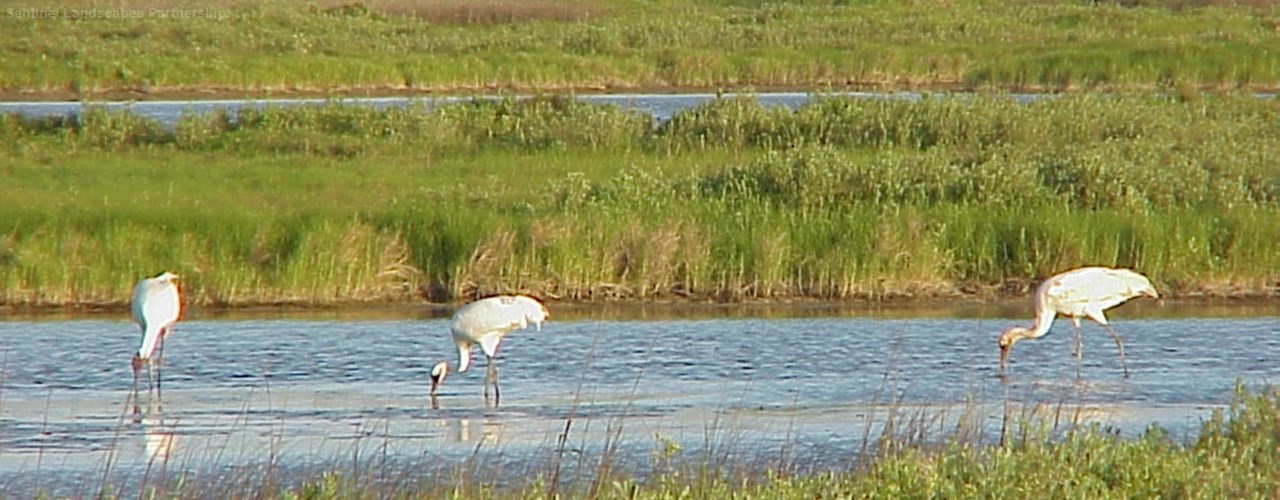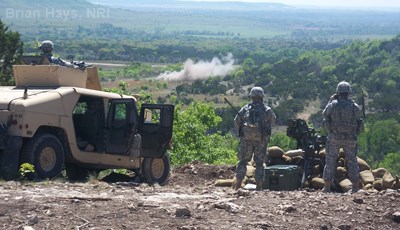IRNR plays integral role in national conservation partnership
Texas A&M Institute of Renewable Natural Resources (IRNR) military land sustainability (MLS) program is playing an integral role in the Sentinel Landscapes Partnership, an initiative between the U.S. Department of Agriculture, U.S. Department of Defense (DoD) and the U.S. Department of the Interior, according to Bruce Beard, associate director for IRNR’s MLS program.
Sentinel Landscapes are working or natural lands near military installations. Preserving the working and rural character of these landscapes strengthens the economies of farms, ranches and forests; conserves habitat and natural resources; and protects vital test and training missions conducted on the military installations that anchor the landscapes, according the partnership.
“IRNR’s MLS staff works closely with the DoD’s Readiness and Environmental Protection Integration (REPI) Program to address encroachment issues that complicate or interfere with testing and training missions on military bases,” Beard said.
He said most of the 30 million acres managed by the DoD were established more than 70 years ago in locations that were then quite remote. Many of these same facilities are now experiencing significant degradation of operations due to encroachment of urban development, incompatible land uses and other encroachment impacts.
In July the partnership designated Avon Park Air Force Range in Florida, Camp Ripley in Minnesota and 33 counties in eastern North Carolina, which has multiple military installations, as the newest Sentinel Landscapes. Military installations previously designated as Sentinel Landscapes are Joint Base Lewis-McChord in Washington, Fort Huachuca in Arizona and Patuxent River Naval Air Station in Maryland.
According to the partnership, the Sentinel Landscapes concept recognizes that improved coordination between federal, state and local stakeholders working within the same area enables each partner to achieve their established priorities at greater cost-share, on a wider-scale and with broader stakeholder buy-in.
Through the partnership, private landowners receive better, coordinated delivery of federal and state assistance programs and the Sentinel Landscape partners achieve their objectives.
Local coordination and implementation teams are comprised of stakeholders, including representatives from the anchor military installations, local federal agency offices, state and local governments, non-governmental organizations, such as conservation districts, and private landowners — farmers, ranchers and timberland owners.
“Conservation, working lands and national defense, each has unique requirements,” Beard said. “IRNR applies our land grant expertise in helping to find where those interests share commonalities and where mutual support provides desirable outcomes for each mission.
“The vision for Sentinel Landscapes is to better engage private landowners, help them to achieve their interests, and — at the same time — help to protect the military’s test and training mission.”
For more information, visit Sentinel Landscapes Partnership.




